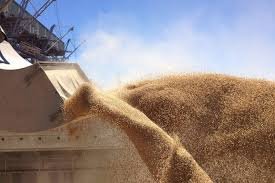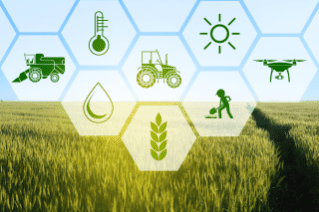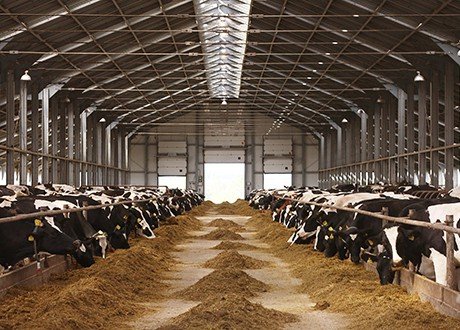APEDA organises orientation programme for start-ups in agri-export from Rajasthan
The focus of the programme was to urge the Rajasthan government to adopt ‘agriculture export’ as a business opportunity for boosting livelihood and farmers’ income
APEDA in association with Agriculture University, Jodhpur, Rajasthan organised a programme where more than 430 farmers, students, traders and other stakeholders had participated. The orientation programme for start-ups in agri-export was aimed at creating awareness among farmers and agriculture students in the western region of Rajasthan on agri-exports. The focus of the programme was to urge the Rajasthan government to adopt ‘agriculture export’ as a business opportunity for boosting livelihood and farmers’ income.
The aim of the programme organised on July 28, 2021, through virtual mode was to support the farmers, agriculture students and other stakeholders in the export-oriented supply chain which generate rural employment. During the programme, APEDA officials explained issues around agricultural exports and challenges in the export-oriented agri supply chain.
APEDA officials also explained various government initiatives on agriculture exports such as Financial Assistance Schemes, Risk Management in agriculture export, RBI Guidelines, pesticides issues, digital traceability in the agri supply chain, etc.
The Agriculture Department of Rajasthan, Agricultural University, Jodhpur and other state government officials discussed the agriculture export potential from the west zone of Rajasthan especially in the crops such as barley, caster, legumes, mustard, pomegranate, dates, etc. The programme also discussed the export potential of commercial crops including Capparis decidua, (referred to locally as karira or kerda), Acacia Senegal (Kummat), Prosopis cenararia (Sangari).
Besides the export potential of cumin, isabgol, pomegranate, anise seeds, caster, guargam, hina etc were discussed. The programme emphasised the need for automation, mechanisation in agriculture for achieving quality products that would enhance competitiveness in the international market. The officials from Rajasthan Agricultural Marketing Board (RSAMB) have participated in the meet.
APEDA has been focusing on a collaborative approach to bring synergy with several organisations and institutions having inherent professional and specialised expertise in different areas for capacity building of various stakeholders and providing solutions for addressing some of the identified interventions for the development of Agriculture and its export enhancement in consonance with the objectives set under Agri Export Policy (AEP) announced by Government of India in 2018.
The focus of the programme was to














